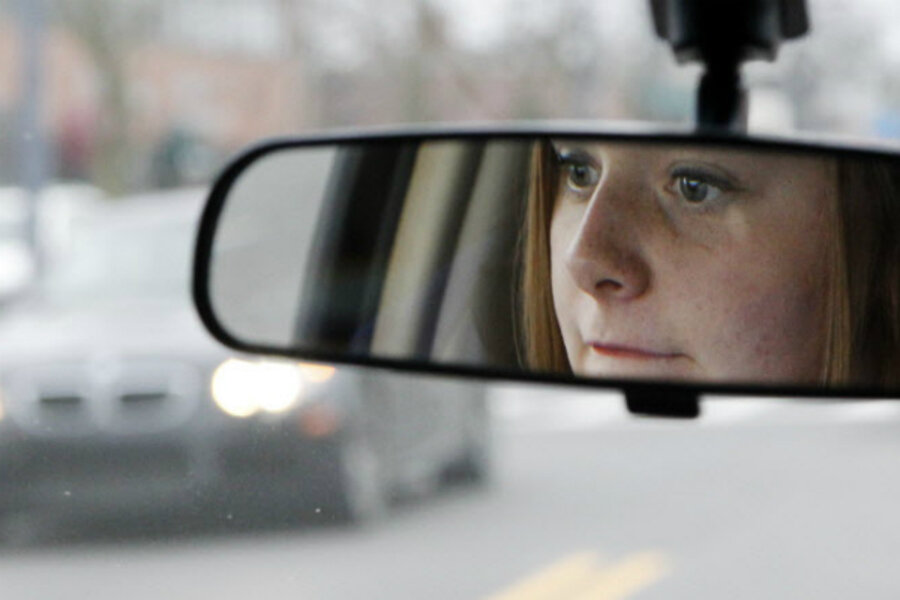Deaths of teen drivers increase, reversing decade decline
Loading...
Deaths of younger teen drivers increased sharply in the first six months of last year, reversing a decade-long trend, according to a report released Tuesday by state highway safety officials.
Deaths of 16- and 17-year-old drivers in traffic accidents in the first six months of 2012 were up a combined 19 percent over the same period in the previous year, according to the report from the Governors Highway Safety Association.
There were 107 drivers aged 16 who died between January and June of last year, compared to 86 drivers during the first half of 2011.
Deaths of 17-year-old drivers rose from 116 in the first half of 2011 to 133 in the first half of last year.
The report is based on preliminary state data that sometimes changes. The National Highway Traffic Safety Administration is expected to release more definitive data later this year.
Twenty-five states reported increases, 17 had decreases, and eight states and the District of Columbia reported no change in the number of 16- and 17-year-old driver deaths.
"Despite our efforts, teens remain our most vulnerable population," said Kendall Poole, head of the Tennessee highway safety office and chairman of the safety association. "With the advances in technology, we suspect distracted driving deaths among teen drivers are rising."
Jacqueline Gillan, president of Advocates for Highway and Auto Safety, said the increase in deaths of teen drivers "should motivate governors and legislative leaders to make passage of stronger teen driving laws an urgent priority."
A 2012 study by State Farm Insurance found that a majority of teenage drivers text while driving, as reported by the The Christian Science Monitor in April: " ... despite years now of high-profile campaigns against distracted driving, 57 percent of teens with driver's licenses admit to texting while driving, according to the report commissioned by State Farm insurance. While 83 percent of these teens agree that they will get into an accident if they regularly drink and drive (which makes you wonder, really, what’s up with the other 17 percent), only 63 percent feel the same about texting behind the wheel."
The same study also found less than a quarter of parents discuss safe driving with their teenagers.
A 2010 study found that laws aimed at curbing texting while driving had no effect and in some cases increased the chance of an accident occurring, though the study was disputed by the US Department of Transportation.
Overall, deaths of novice drivers dropped dramatically over the past decade at a time when many states were imposing greater restrictions on teen drivers, including limits on driving with teen passengers or driving at night.
There were 435 16-year-old drivers killed in all of 2000. That total dropped to 173 by 2011.
A similar trend occurred with 17-year-old drivers as the number of deaths dropped from 564 to 250 during the same time frame.
"We are still at a much better place than we were 10 or even five years earlier," said researcher Allan Williams, the report's author and former chief scientist at the Insurance Institute for Highway Safety. "However, the goal is to strive toward zero deaths, so our aim would be that these deaths should go down every year."
It's difficult to know exactly why teen driving deaths declined so dramatically, or why they now appear to be on an upswing, researchers said.
The long-term decline in teen driver deaths coincided with a historic, although more gradual, decline in traffic fatalities overall. That decline also appears to have been arrested. A report last week by National Safety Council said traffic fatalities rose 5 percent last year. It's the first increase since 2004 to 2005.







